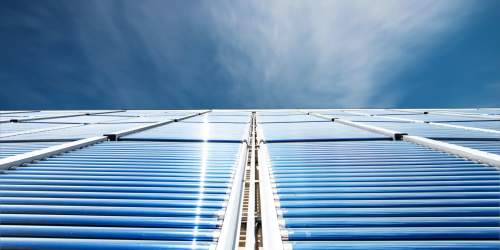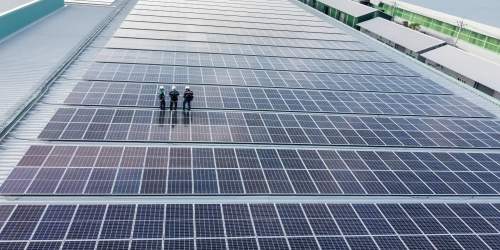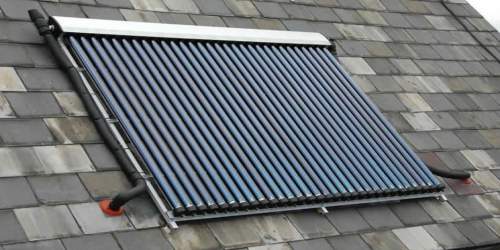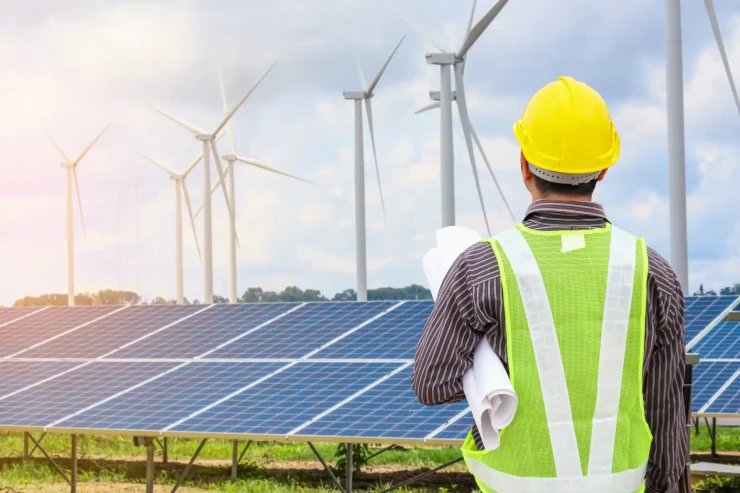In 2023 Rightmove, the UK’s biggest property website, published its second edition of the Rightmove Greener Homes Report which is a comprehensive study that looks into the challenges and different behaviours facing the UK in creating more sustainable homes.
How much progress has been made towards making housing in the UK more energy-efficient is a question many people are asking.
Although the government has a target to get as many homes ‘as practicable’ up to an Energy Performance Certificate (EPC) rating of C by 2035, Rightmove’s data shows that 60% of homes for sale on Rightmove and 50% of homes available to rent have an EPC rating of D or below.
Despite some progress being made over the past 4 years, if EPC improvements were to continue at the current rate, it would take 43 years for 100% of the houses that are currently for sale across the UK to reach an EPC rating of A-C, and 31 years for houses that are currently available to rent.
COMPARE PRICES FROM LOCAL INSTALLERS
Compare prices from local companies fast & free
Enter your postcode to compare quotes from leading professionals. We promise to keep your information Safe & Secure. Privacy Policy
The government’s Future Homes Standard is a positive move for new homes to be Net Zero carbon ready from 2025. This sector is seeing many exciting innovations and has the benefit of building from scratch.
A recent YouGov poll commissioned by the MCS Foundation found that most MPs would like to see solar panels incorporated into new builds by 2025 with many wanting battery storage systems to come as standard. 56% of surveyed MPs also agreed that heat pumps should be incorporated into all new builds by 2025.
The Department for Levelling Up, Housing, and Communities is currently consulting on how the government should deliver its new Future Homes and Future Buildings Standards with the process set to close on March 6th.
Tim Bannister, Rightmove’s Director of Property Science, says:
“The days of building energy-inefficient homes are already over, and we need to get to the point when running an energy-inefficient home is a thing of the past. People need to know what to do, in what order, why they are doing it, and what benefits it will bring. Our analysis does show that our housing stock is going greener, but more needs to be done to speed it up.”
However, 80% of buildings that will be occupied in 2050 already exist, according to the UK Green Building Council which means that retrofitting existing homes is critical. There are many more hurdles to cross with old housing stock than for the new build sector.
For many homeowners, the cost involved in retrofitting their homes is prohibitive. The retrofit may include any or all of the following measures: installation of insulation, double glazing, or triple glazing. solar PV, solar thermal, and heat pumps. Homeowners often don’t have enough knowledge to decide what’s best to do and where to start. Only 4% of homeowners currently have plans to install a heat pump in their homes.
Johan Svanstrom, Rightmove CEO, says:
“Some 25% of UK emissions are directly attributable to the built environment. In the residential sector, there are significant challenges to achieve greener homes at an adequate speed, not only the cost barriers to retrofit but also a lack of knowledge on what’s best to do to a home and what it will yield.”
Most homeowners (83%) when asked said that they would consider investing in their property to make it more energy efficient though the average amount they were prepared to spend was £3,445. Homeowners are most likely to carry out small upgrades such as new lighting. There’s much more work to be done to spur people on to make bigger changes, such as installing a heat pump or solar panels, if suitable for their home.
For most homeowners saving money on their energy bills is the biggest motivator for making green improvements to their homes. 78% said lower energy bills would motivate them to make changes. 54% said they would be motivated to make their homes better insulated. 35% said that reducing their carbon footprint was an important motivation for them. Adding value to their home and helping them sell their home in the future are other reasons why homeowners make green improvements.
The advantages of making green improvements can be seen in the overall premium a seller can dictate. Rightmove’s analysis shows that sellers who have improved their home from an EPC rating of an F up to a C could see an average price premium of almost £56,000 (+15%) on top of the local house price growth if you look at the current national average asking price of £371,907.
More and more estate agents are including the EPC rating in their property descriptions as a selling point if it is in the A to C range. The number of listings that mention these EPC ratings has increased by 24% from a year ago, and up by 59% in 2019. Property sales listings that include electric car charging points are up by 592% when compared to 2019.
One in five tenants (19%) and one in five (19%) first-time buyers are saying they will seriously consider a property’s energy efficiency as a major factor when choosing their next home mostly due to the big jump in energy bills since the second half of 2021. A smaller number of current homeowners (13%) say it is as important a factor.
However, two out of every five landlords with one property say they’re more likely to sell up than make improvements. Landlords with smaller portfolios are more likely to sell up than those with bigger portfolios. There has also been an increasing trend of landlords being more likely to avoid poorly rated properties in the last year with 61% of landlords saying they would not now buy a rental property below an EPC rating of C, up from 47% when asked in the previous year.
As a result of their in-depth study, Rightmove has suggested that more help and more significant incentives are needed for homeowners and landlords to retrofit properties, improve energy efficiency, and help them bring down running costs.
Tim Bannister says:
“It’s clear that the current incentives aren’t yet big enough to make people sit up and take notice, and even the incentives that do exist aren’t easy to find out about. In order to shift the demand to greener homes, incentivisation, and education is key. The ‘price of cosy’, or a better-insulated home, is hard to quantify until people see how it can change how they live for the better, and they need to be able to afford it."
“Adoption at scale will take time and there are clearly areas that need more attention than others. Houses are much more energy-inefficient than flats, and the sales market is lagging behind what we’re seeing in the rental market. The challenge right now is that there are not enough suppliers and equipment for the greenest option to be the most affordable option for homeowners and landlords.”
New measures would need to be carefully thought through, but the Rightmove report makes some suggestions. Ideas they suggest could be considered would be stamp duty rebates, more significant mortgage, and remortgage incentives to help with the costs of making green improvements, more grants or tax benefits for green technology such as electric car charging points and solar panels, and measures to enable innovations that speed up the creation and implementation of energy-efficient technology.
Although the government has scrapped plans for rental properties to have an EPC rating of C or above as part of the Future Homes Standard, landlords are being encouraged to make their properties more energy efficient. More incentives are required to help landlords make green changes to their rental properties without passing costs onto the tenant.
According to new analysis by energy giant Ovo Energy, two-thirds of Brits are specifically looking for homes with green technology installations that can improve energy efficiency and reduce carbon emissions. Ovo Energy’s analysis indicates that over a third of prospective buyers are more likely to make an offer on a home with green installations such as solar panels. A comparable number said they would be more interested in homes with triple-glazed windows and roof insulation in place.
While the UK is still in the early stages of the shift towards greener homes Mat Moakes, chief commercial officer at Ovo said thousands of customers are switching to green tech and in the process cutting bills, reducing carbon, and adding value to their properties.
Data and insights collected over the last few years confirm encouraging trends are ongoing.
Find a local installer
Welcome to the biggest directory of UK renewable energy companies




























